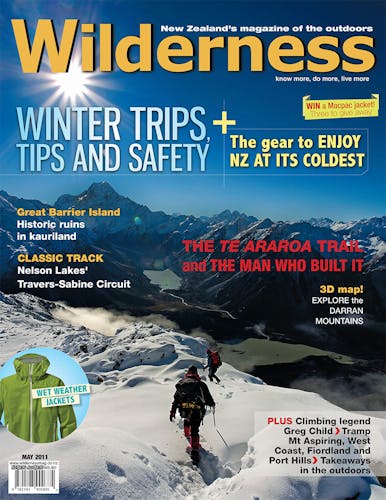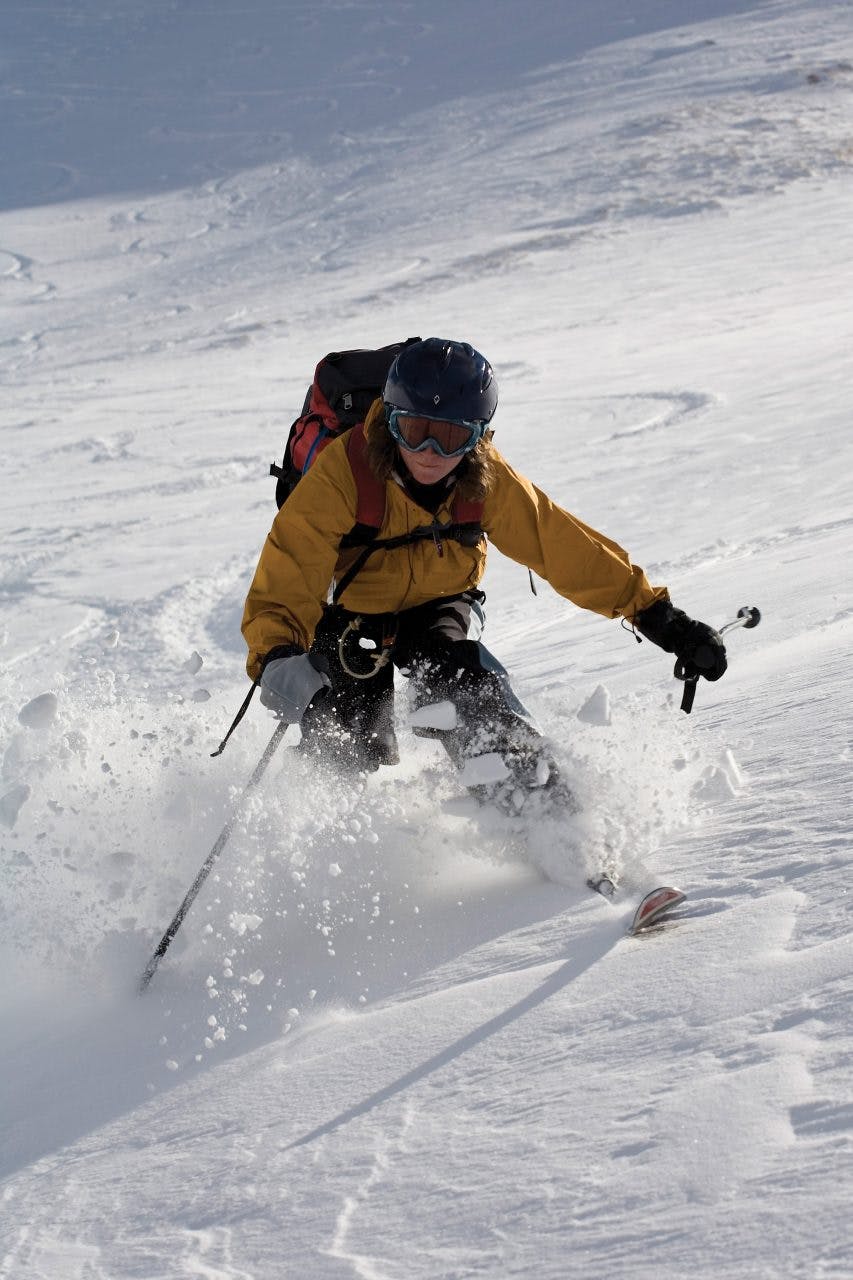Poorly set bindings are the leading cause of ski-related injuries, discovers Mark Banham
When did you last look at your bindings’ release tension settings? There’s growing concern among experts in the ski industry that it probably wasn’t recently enough – for three reasons.
Firstly, ACC injury statistics show that between 1999 and 2008 ski injuries cost the organisation over $50 million, and that in the 2008 season knee injuries were by far the most common ailment, making up for 39 per cent of all new claims.
Second, a literature review published in the academic journal Sports Medicine in 1999 found that “virtually every ski injury study that looked at knee injuries has found an association between serious knee injuries and bindings not releasing”.
Thirdly, in 2009 a study by Auckland University of Technology found that “ski binding adjustment practices in New Zealand do not always follow international standards” and that “the injury rate of skiers and snowboarders on rental equipment was significantly higher than those using their own equipment.”
In other words, it seems although Kiwis are great at many things, when it comes to adjusting ski bindings, we’re not that flash, which is wrecking our knees – and costing us a fortune.
Kris Vermier, a veteran of 26 winters in the ski industry and owner of Browns Ski Shop in Queenstown, says the obvious answer is that skiers need to give their bindings a little more thought – before they hit the snow. “People should think about their ski equipment like they do about their car – not checking your gear and checking your bindings is like driving around with bald tires.”
But before you go taking a screwdriver to your bindings, he cautions it’s a little more complex than you might think. For instance, he says one of the problems he sees is the temptation for skiers and ski technicians to give themselves a margin for error in their binding settings.
“Do we adjust [release tension settings] down for extra safety? We’ve debated that in-house at length and if you turn the bindings down there’s a risk of pre-release, which can lead to a whole different type of injury.” He says it comes down to the question: “Do we want to second guess the charts, or do we trust the research?”
Another part of the problem, according to Vermier, is the bindings themselves. Many skiers, beginners especially, choose their ski gear based on price. “New Zealanders love a bargain in that there’s a lot of recycling that goes on – people don’t actually realise what could go wrong.”
In the case of old or worn gear, he says there’s the added problem that the bindings may not be calibrated properly. That’s relatively simple to check, good ski shops should have a binding calibration device available.
However Vermier says there’s room for improvement on that front. Most ski shops use a mechanical system, but more accurate electronic binding calibration systems are now available. “In an ideal world every rental operation in the country would have access to an electronic calibrator.”
For now he says the best thing for people to do is bring their ski gear in to a good ski shop for a “warrant of fitness” to make sure bindings are working properly and adjusted to your current height, weight, age, boot size and skiing ability – not what those were last year. It won’t cost you a cent and it may save your knees.








